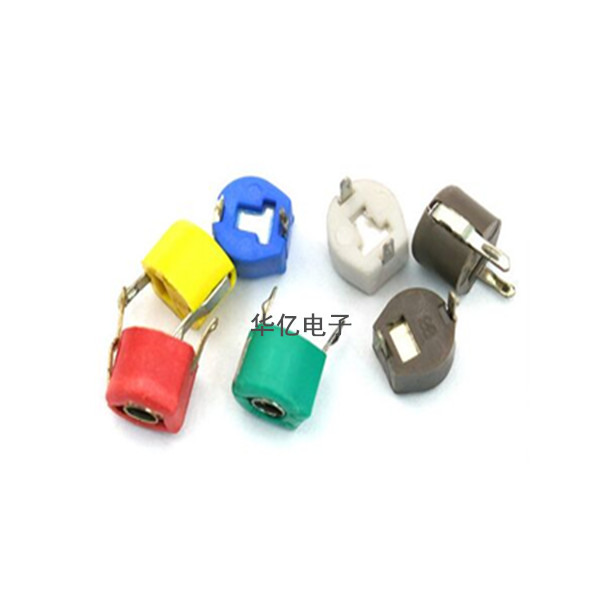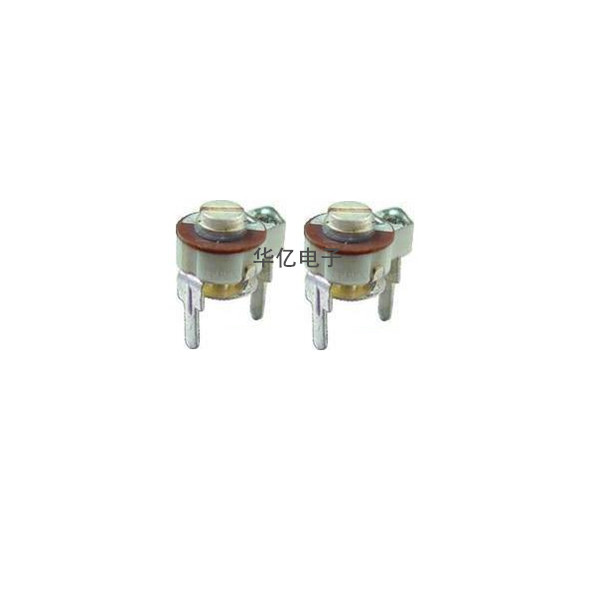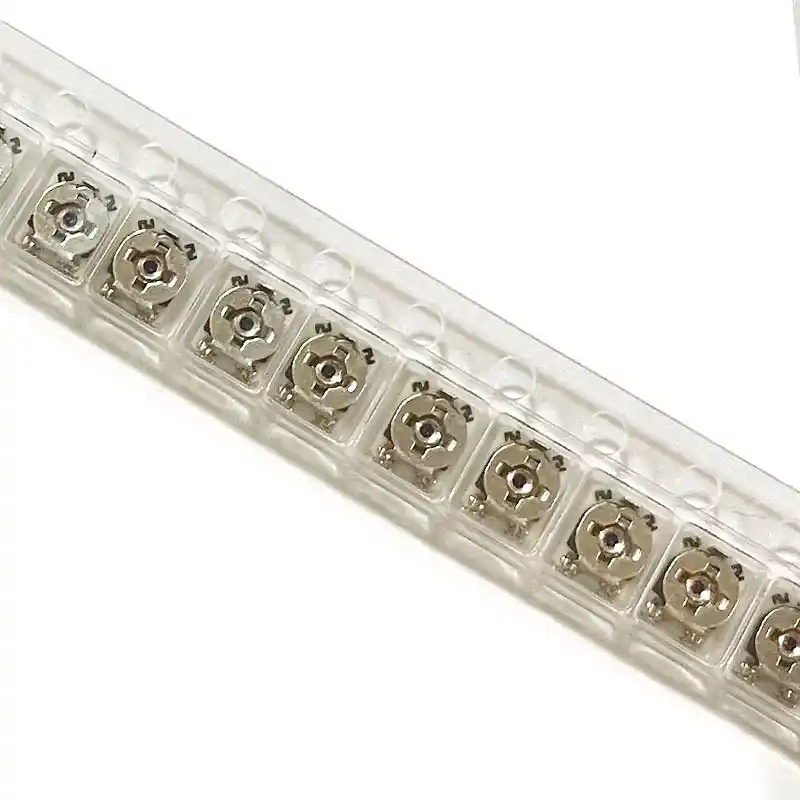Adjustable resistor is a resistor whose resistance value can be adjusted. Used in situations where circuit current needs to be adjusted or circuit resistance needs to be changed, adjustable resistors can change the characteristics of the signal generator, dim the light, start the motor or control its speed, mainly by changing their own resistance to control the current in the series circuit and protect some electrical components.
Adjustable resistors are usually used in circuits that require frequent adjustment, playing a role in adjusting voltage, adjusting current, or signal control. Their main parameters are basically the same as fixed resistors. Depending on the purpose, the resistance material of adjustable resistors can be metal wire, metal sheet, carbon film, or conductive liquid. For general current sizes, metal type adjustable resistors are commonly used, and carbon film type adjustable resistors are used when the current is very small; When the current is high, electrolytic type is more suitable. The electrodes of this adjustable resistor are immersed in conductive liquid.
Adjustable resistors are typically composed of a rotating or sliding resistor element, which can be manually rotated or slid to change the resistance value of the contactor on the electrical component. Commonly used for volume control, brightness control, voltage regulation, measurement circuits, etc.
Adjustable resistors can act as resistors in electronic circuits. The difference between it and ordinary resistors is that its resistance value can continuously change within a certain range. In some situations where the resistance value is required to change but not frequently, adjustable resistors can be used. Due to their structure and use, the failure rate of adjustable resistors is significantly higher than that of ordinary resistors. Adjustable resistors are usually used in small signal circuits, and signal adjustable resistors are also used in a few occasions such as electronic tube amplifiers.







